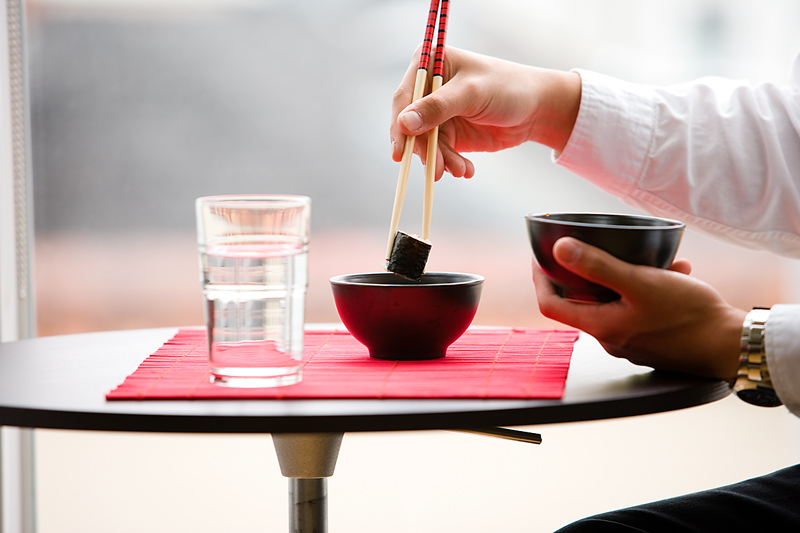
FRIDAY, Sept. 17 (HealthDay News) — New research suggests that the seductive power of smoking cues does not diminish over time for those who are trying to kick the habit.
The finding adds a new challenge to efforts to prevent relapse among those struggling to embark on a tobacco-free lifestyle.
“The main point is pretty straightforward,” said study author Gillinder Bedi. “When people are exposed to things that they associate with a drug they use, they often feel an increase in craving.”
Bedi, who conducted the research while with the department of psychiatry and behavioral neuroscience at the University of Chicago, said that the new twist her team discovered is that the impact of such cues apparently does not weaken as the period of abstinence lengthens.
“This means that quitting smokers may find that they are surprised by having a strong craving response when they come into contact with cues related to smoking, even after they have gotten through the initial withdrawal,” she noted.
The team reports its findings in the current online issue of Biological Psychiatry.
To explore the issue of cravings, Bedi and her colleagues focused on 86 healthy male and female smokers who had not yet kicked the habit and weren’t trying to do so.
Participants were divided into three groups: one instructed to stop smoking for a week; the second instructed to stop for two weeks; and the third instructed to stop for five weeks. As an incentive, all were paid $30 a day to try to quit.
On the last day of each group’s abstinence period, each participant was exposed to a series of randomly presented cues designed to be either “neutral” or smoking-related. The latter included viewing photos of smoking situations while holding a lit cigarette, while the former involved viewing neutral photos while holding a pencil cut to the length of a cigarette.
A fourth group of smokers — asked to abstain for the full five weeks — was also exposed to smoking and neutral cues at one, two and five weeks.
Heart rate, blood pressure and salivary cortisol levels were measured before and after all cue exposures. All participants also completed a questionnaire to gauge their feelings of cravings after all the cues.
Bedi and her team found that even though both withdrawal symptoms and independent cravings subsided with abstinence, cravings triggered by exposure to smoking-related cues actually increased the further down the abstinence road a former smoker went.
Such cue-induced cravings were found to be more prevalent among the smokers at the five-week abstinence mark than among those asked to stop for just a week. Similarly, those exposed to smoking-related imagery along the way showed more cravings at the five-week point than at the two-week point.
As a result, the authors suggest that clinicians should consider the possibility that ex-smokers might actually face a more difficult long-term struggle with cravings than previously thought.
“Knowing this may help people to prepare better for these kinds of experiences,” Bedi suggested, “so that they don’t relapse when they experience a jump in craving after coming into contact with people, places or things that they associate with smoking.”
“This could,” she added, “also apply to other drugs, although more research needs to be done to investigate this possibility.”
Dr. Adam O. Goldstein, director of University of North Carolina’s Tobacco Intervention Programs in Chapel Hill, said that cues for cigarettes are probably stronger than similar cues for alcohol and opiates.
“People underestimate these cues,” he cautioned. “That’s one of the real take-home lessons of this kind of research. They are very powerful, and the return to smoking when these cues come can be rapid. But they are treatable.”
“Coping strategies can moderate the effect of these kinds of cues,” Goldstein explained. “Cognitive therapy can help. And people who plan for how to deal with those smoking-related cues do better than those who don’t.”
“There are also some pharmacologic interventions that work better than others,” he added. “For example, some people should have some nicotine lozenges at hand, because if they get a smoking cue I’d much rather have that person pop a lozenge to relieve that cue than turn to a cigarette.”
The bottom line,” Goldstein said, “is that we really have to follow people not just for three or six months but for a year, and even after a year to be on the lookout for a cue-induced relapse.”
More information
For more on how to cope with smoking cravings, visit the American Cancer Society.

